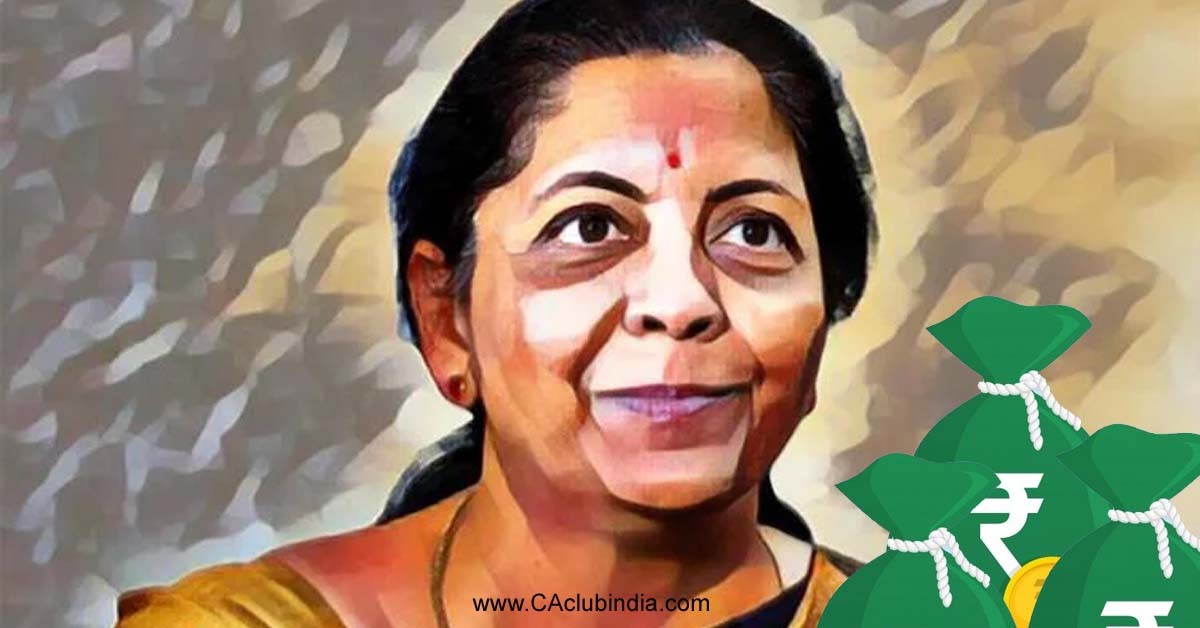In a recent report released on Monday, the Finance Ministry of India presented a positive outlook on the country's economic growth, projecting a close-to-7-percent GDP growth for the fiscal year 2025. Despite emerging geopolitical risks such as the Red Sea crisis that could impact global inflation and economic output, the report highlighted India's potential to become a $7-trillion economy by 2030.
Typically presented a day before the Union Budget in a normal year, the annual Economic Survey has been postponed to July due to the upcoming general elections. However, the interim report titled 'Indian Economy - A Review,' prepared by the Economic Affairs Department of the Finance Ministry, outlined that India's growth is expected to surpass the global economy in the next fiscal year.

Chief Economic Advisor V Anantha Nageswaran, in the preface to the report, stated that if predictions for FY25 hold true, it would mark the fourth consecutive year of the Indian economy growing at or over 7 percent post-pandemic.
The report credited recent and ongoing structural reforms, as well as the strength of the financial sector, for the optimistic growth forecast. Despite concerns about geopolitical conflicts, the report highlighted the government's efforts in addressing the "twin balance sheet problem" of corporates and banks, resulting in a "twin balance sheet advantage."
A key highlight of the report was the government's focus on a capital expenditure (capex)-led growth strategy, resulting in a significant increase in public sector capital investment over the last decade. The report noted that the capital expenditure of the public sector surged from ₹5.6-lakh crore in FY15 to ₹18.6-lakh crore in FY24.
Additionally, the report underscored the strong performance of Indian financial markets, with the country securing the second-largest weightage in the MSCI Emerging Markets Index. The inclusion of India's sovereign bonds in JP Morgan's Emerging Markets Bond Index was noted as evidence of robust investor interest.
The report concluded with highlights of the achievements over the last decade, including the transformation of the Indian concept of welfare, improved female labor force participation rates, and significant progress in female education enrollment ratios at both the senior secondary and higher education levels. Overall, the report painted a picture of India's economy transitioning from fragility to stability and strength.




 CAclubindia
CAclubindia

